Fashion week is coming to and end and if you have been following the latest trends and wondering where to get them here are some of our favorites to give you some ideas.
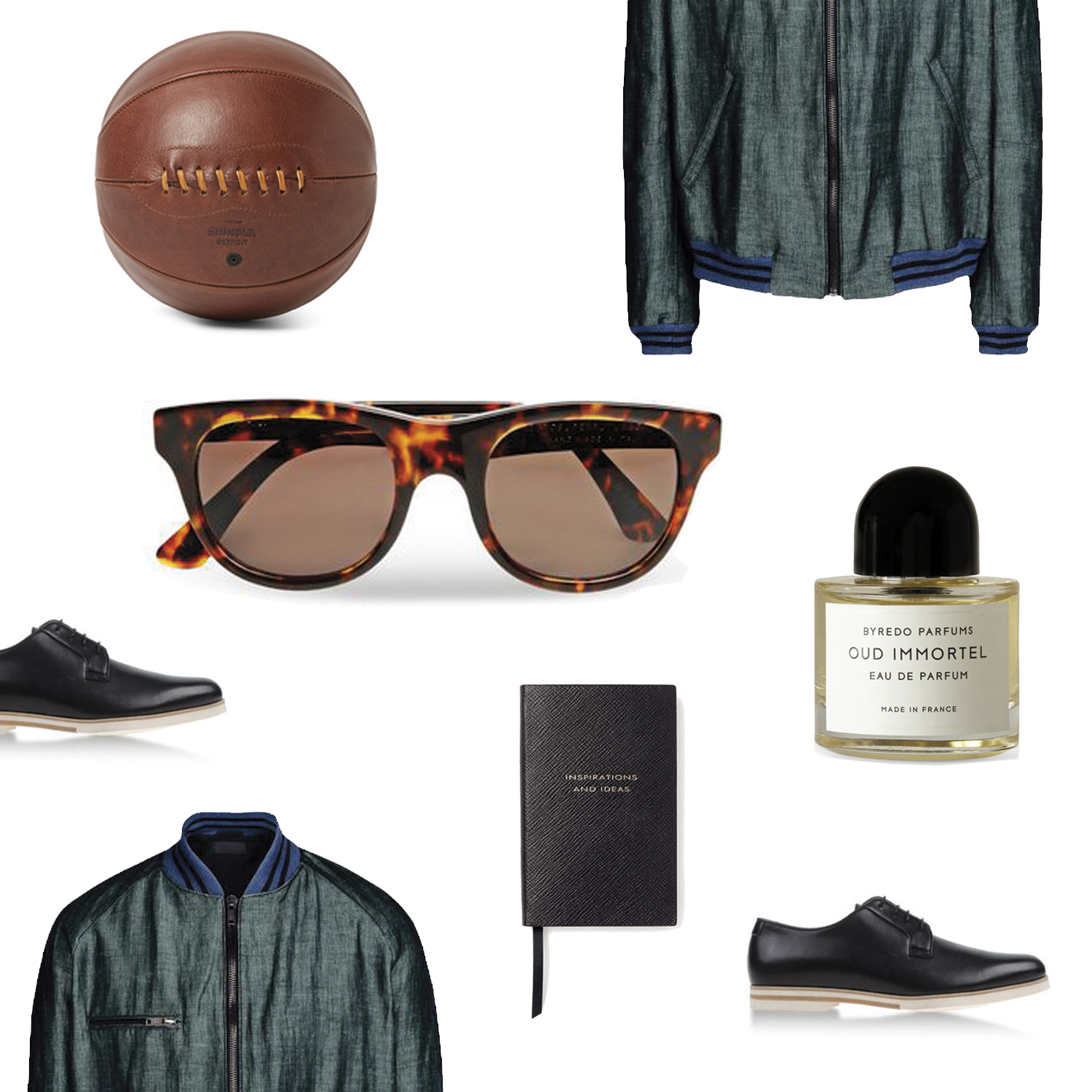
Styling by Vanessa Cocchiaro
Fashion week is coming to and end and if you have been following the latest trends and wondering where to get them here are some of our favorites to give you some ideas.

Styling by Vanessa Cocchiaro
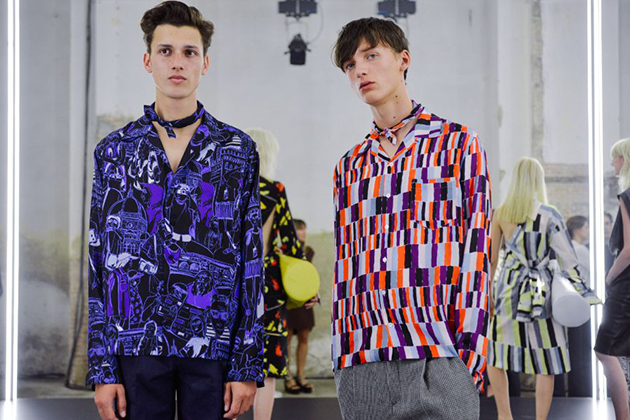
The international fashion scene is currently dominated by menswear: the current menswear shows and this week’s Pitti Immagine Uomo 88 – an international trade event that showcases men’s fashions and contemporary lifestyle trends – have taken the fashion spotlight. The question on everyone’s lips these days is what the future of menswear will look like.
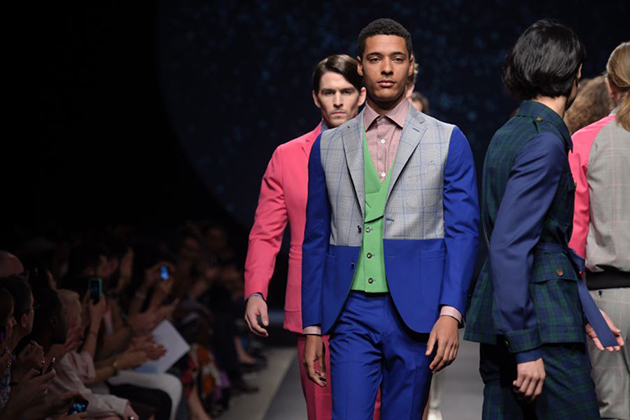
Several projects focusing on menswear were presented during the ongoing Pitti Uomo event in Florence. One of these is ”Open”, which aims to challenge our ideas about gender, and offers an interpretation of a new generation of collections that move beyond borders of what is masculine or feminine. The project will be presented in a conceptual setting designed by the Storage Associati, a renowned Milan design studio that works on cross-pollination between different art forms.
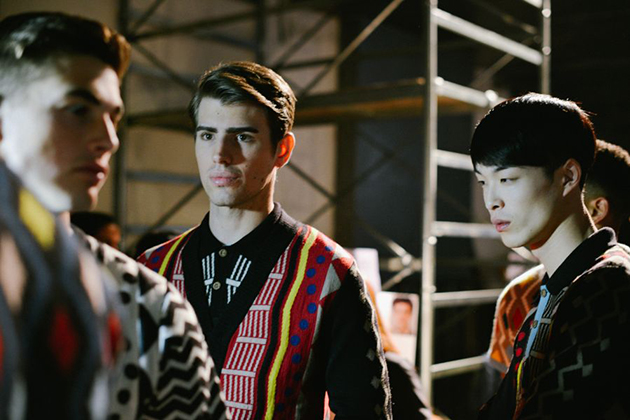
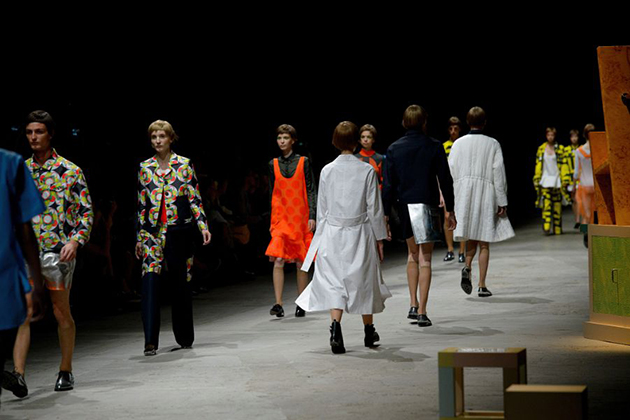
Another innovative section displayed during the event is ”My factory”, a result of a union between technology, music, art and design that aims to create a platform promoting creative workshops within the fields of urban style and sportswear. The future society and the urban lifestyle have inspired everything, from the concept of the event to its set design. Similar ideas were also seen on the catwalk, and have influenced, for example, Christopher Kane’s menswear collection for Summer 2016 that was shown in London this week. Kane has developed the brand’s menswear line, from almost being a toned down match to its womenswear collections, into a collection that both feels more relevant and looks to the future. Kane has successfully included pieces that both feel gender-natural and that take on the urban- and sportswear aesthetics. If this is what menswear will look like in the future, we can’t but love it.
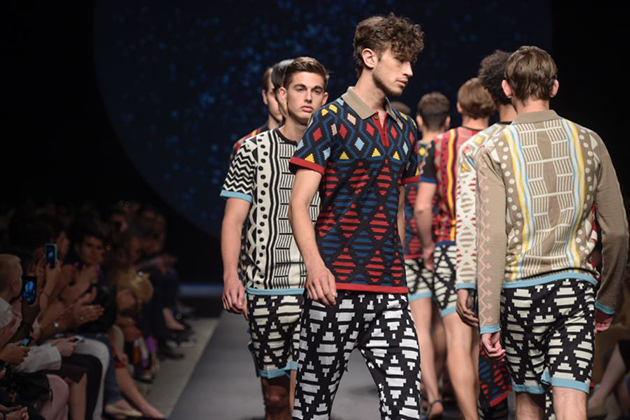
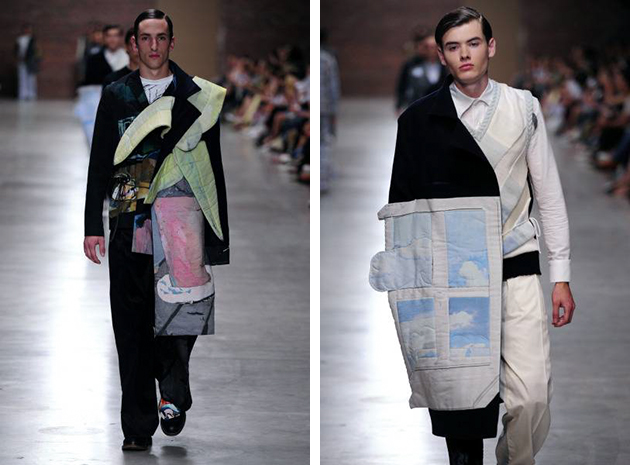
At the Royal Academy of Fine Arts in Antwerp there have been several success stories over the years, not the least the “Antwerp six”. So, each year the expectations are high to view what the graduates of the school have produced. During the Fashion Show of 2015 many awards were given to the Master students that have now completed their studies and will continue out in the fashion world. For the students as well as the teachers, the experience at the Royal Academy of Fine Arts has been evolutionary and taught the students to harbor and express their creativity without losing touch with the production aspect, according to the words expressed by Walter van Beirendonck, who is in charge of the fashion department of the Academy.
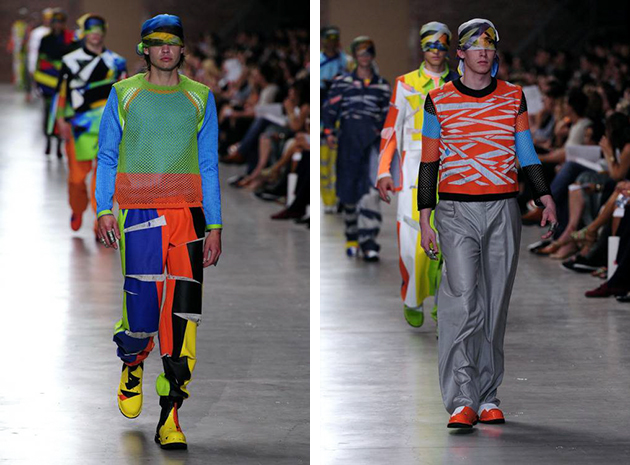
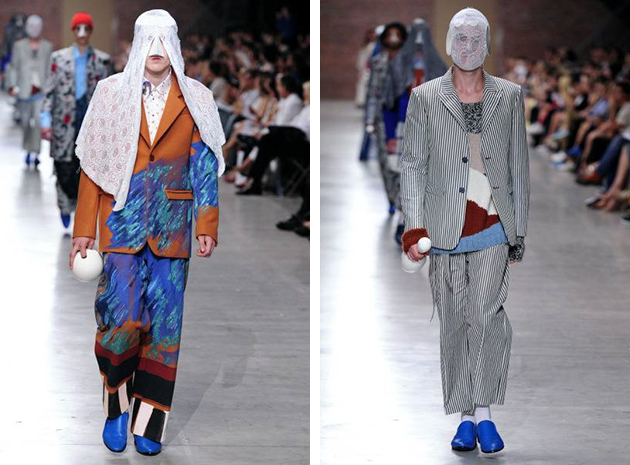
Color and patterns were transcendent to the silhouettes without dominating the looks in their entirety. However, the fun twist to the story was how many pieces seemed almost anachronistic, out of time. There were 1960s references and a sophisticated adaptation of the 1980s fitness revolution. Nevertheless, the pieces had a nuance of suave effortlessness that was fresh to the eye.
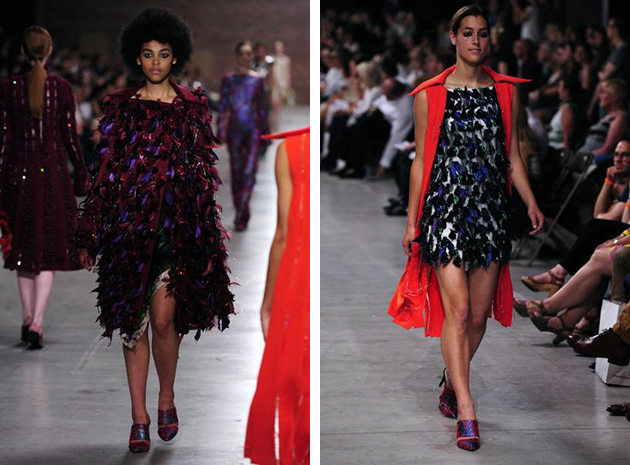
The collections’ key element could be written – however cliché it might sound – in one word; “Love”. The collection “The Dear Elso Letter” from designer Laure Severac was inspired by love, especially the nostalgia for knitting with her grandmother. The inspiration explains the collection’s ethereal feel and the combination of abstract with structured pieces to illustrate the abstract feeling of love, yet lived with a specific moment in mind. Designer Miriam Laubscher presented pieces with a layered color-blocking effect, bringing to mind Yves Saint Laurent’s Mondrian dress but in a totally new spin, still establishing it as a work of art. Designer Joeri Van Campenhout elevated his looks with delicate appliques of feathers and small trims, resulting in a demure approach that caused a dramatic effect. The graduates seemed to be in sync with contemporary approaches that use small means to create a larger effect and push fashion forward with an interesting concept for future endeavors.
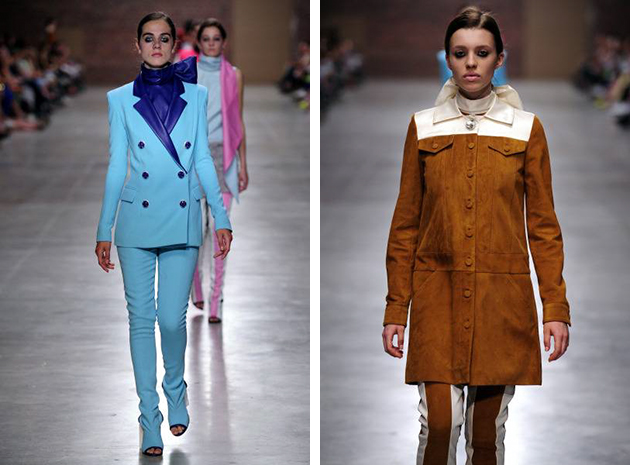
Preppy style is something that will never go out of date and it is not a complicated look to accomplish. Mix classic and modern by putting together a traditional cardigan with a denim shirt so you can look cool and feel comfortable.

Styling by Vanessa Cocchiaro
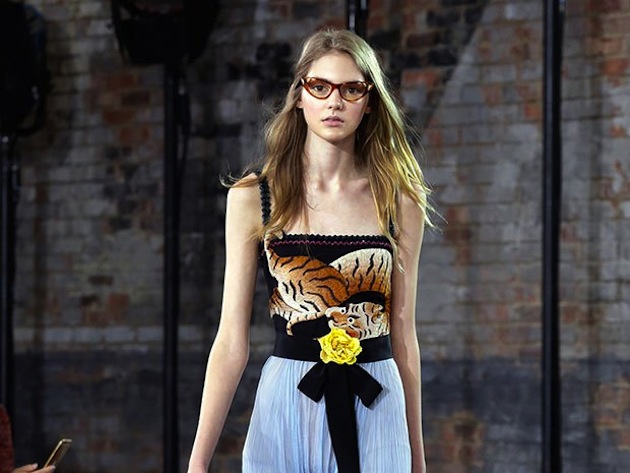
The Gucci girl imagined by the brand for their recently revealed resort collection for 2016, turned out to be completely different than the one conceived during the epoch of Frida Giannini. Alessandro Michele is continuing to do his very best to redefine what Gucci is. The looks sent down the runway in New York were not attempting to appear young, they actually were young, while at the same time appearing to be out of time – like those looks borrowed from a grandmother’s wardrobe that you always cherish and wear. Could this be a controversial turn for Gucci? Is re-inventing the brand almost from scratch a wise thing to do in fashion industry? Like in music, it is usually met with either delight or scorn. Reinventing one’s identity nevertheless often happens both in fashion and music, but the new is often a mixed with ideas drawn from the old archives. That is the case with Gucci’s resort collection; a collection with clear references to the ’70s make Michele’s inspiration quite apparent and approachable. This turn on Gucci runway might not, however, come as a big surprise, due to the fact that the decade that gave us flares and hippies has influenced most collections for both this Summer and Autumn.
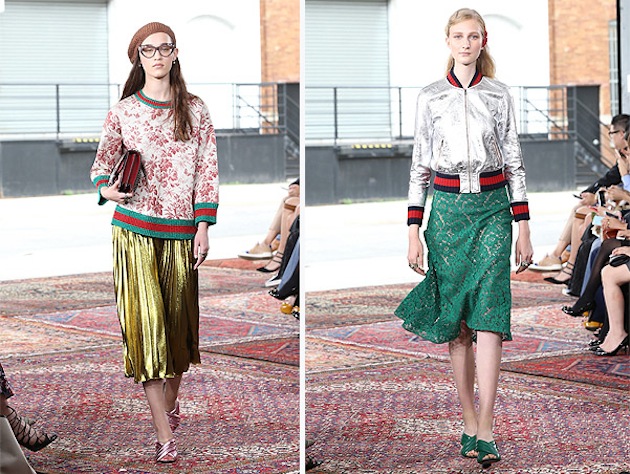
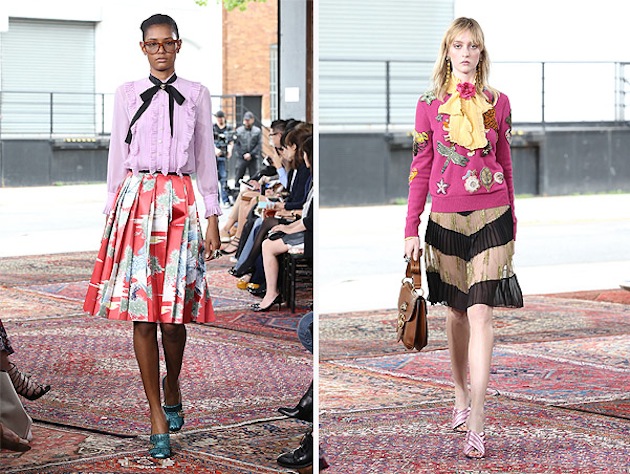
Gucci’s collection has a clear vision, feels well thought-out and complete, but the most striking is it feels so wearable – an impression that further develops the idea of Gucci’s newfound youth and maybe also a possible attempt to add a new target group to its list of customers. The truth is, in fact, that this is the first Gucci collection in a while that speaks to the younger, Instagraming generation, a generation that aims to add value to what they wear on their own terms. Is this a model for luxury brands to expand their audience? Will offering wearable pieces that can easily be adapted to anyone’s style have an impact on how brands’ structure change? The ‘personal’ turn in fashion is already in its course, with an ever more growing list of collaborations, interpretations and variations added to each brand. The final question that is left to as is: how might this approach hollow our the basic logic of the market of luxury items, when the value that has always been defined by the final product is suddenly due to the customers to create.
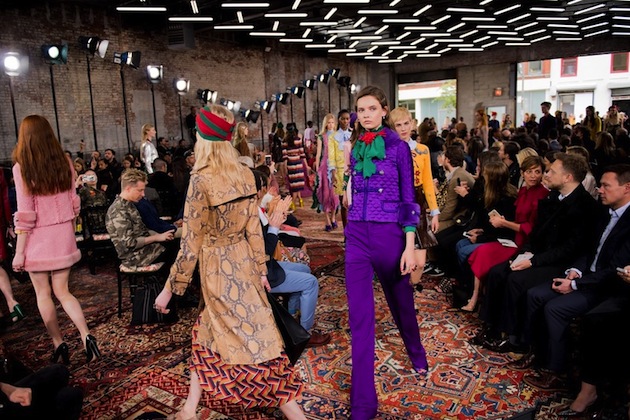
When we admire someone, for his or her qualities, wit or actions, we tend to idealise the person in a way that makes him or her eternal. Idols stay young in our minds, and with them what they stand for remains vivid and valid in our thought. But what happens when idols age? And, above all, how should we react when their image, old but still influential and respected, is used in contexts different from their own, and separated from their voice?
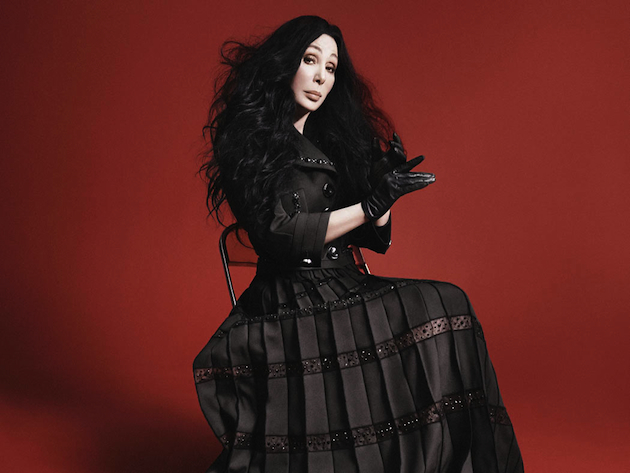
Fashion’s appropriation of cultural personalities – read idols – has become quite common. Lately, fashion houses have been appropriating the current image of ‘idols’, portraying them as they are now in campaigns and ads. The latest is Marc Jacobs, who cast Cher as his new testimonial (the previous one was an intense Jessica Lange). Before him, Saint Laurent’s creative director Hedi Slimane shot musician Joni Mitchell, French brand Céline cast writer Joan Didion, and Louis Vuitton hired photographer Annie Leibovitz to shoot an iconic series of campaigns named ‘journeys’, alluding to the journeys of life, with the likes of Catherine Deneuve, Sean Connery and Keith Richards, among other incredible personalities, like the fist American woman in space Sally Reid, Apollo 11’s Buzz Aldrin and Apollo 13’s Jim Lovell, and the last Soviet leader Mikhail S. Gorbachev. The ads have caused disarray. Some people strongly criticised them, underlining the capacity of fashion to take everything down to some ‘silly’ dresses or ‘overpriced’ sunglasses. The issue displayed the insolence of fashion in using the elderly image of cultural personalities and twist their ideal value to the mundane, earthly act of selling.
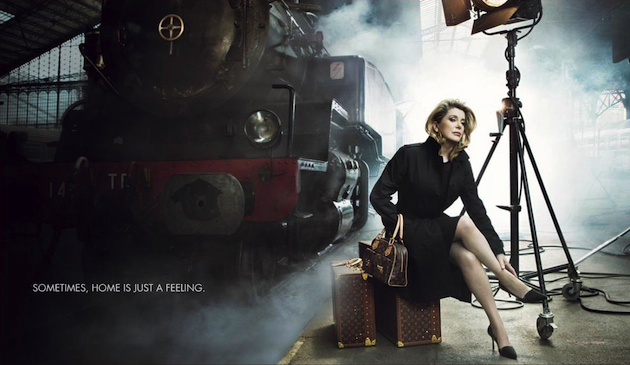
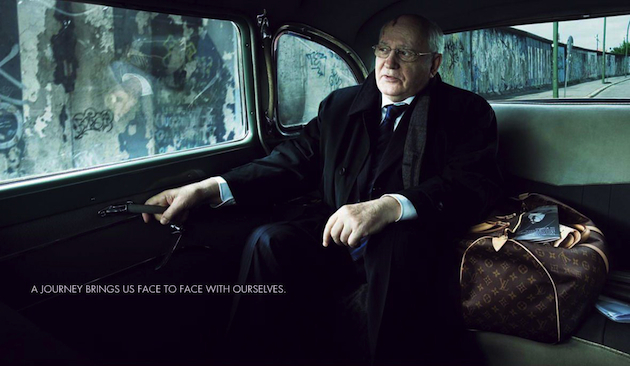
What’s the real preoccupation of these – quite naïf, I dare say – critics? Is it the portray of these ‘serious’ personalities – as opposed to the frivolity of the fashion world – that scandalises? Or is it unacceptable that these ads try to commercialise the message these people carry with them? In both cases, one point is missing. Fashion is a multifaceted discipline dealing with many – if not all – aspects of reality. It is surely an industry that produces and sells objects, but it also creates a narrative around these products, and analyses society and people’s instincts, needs and desires. To obtusely criticise these choices means to be stuck at obsolete stereotypes; that is to say, fashion has to remain in its own field, using its language of underweight, super-young models with kilometric legs and vague gaze without disturbing champions of other, more ‘thoughtful’, fields – be them writers, musicians or politicians.
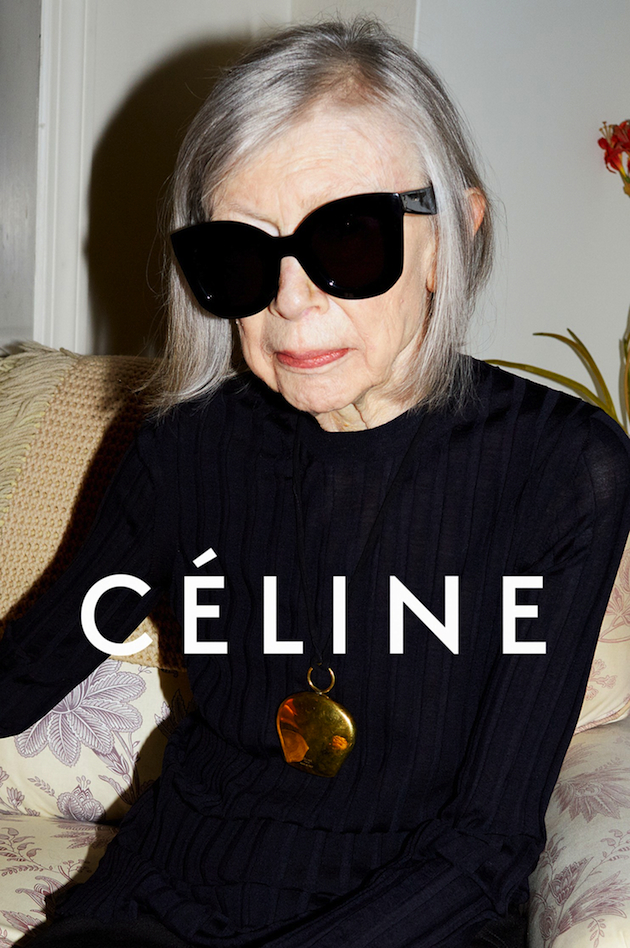
Fashion is not just about the newest thing, although it is inevitably projected to the future, even when it deals with the past. Age can be used to bring on a message, which is everlasting, and the newness is in the way this message is presented to an ever-changing – and ever-growing – audience. The ‘pure’ image of these personalities stands for what they did and who they are now, and carries all the meanings people are able to read through the wrinkles of their faces. There’s nothing ‘old’ in these ads; it is a way to take a distance from stereotypes that want fashion as a silly, superficial part of reality, as something that ‘important’ people do not care about (quite often, they do: never heard about the importance of a signature style?). What’s really dated is thinking about fashion as mere commercial industry: a rather obtuse vision, which negates the power to convey messages and, above all, change through images, something that fashion skilfully manages to do.
Marta Franceschini39 designers presented their collections last week at the Central Saint Martins BA graduate show. The collections on display showcased the versatility and creativity to enclose the future of fashion. Silhouettes were voluminous, including full skirts with a 1950s vibe, oversized coats and jackets. Inspiration was gathered from the juxtaposition of eras such as the 1930s and 1960s as well as a post-apocalyptic society. The color palette showed all the colors of the rainbow (sometimes all together at once), with a slight edge for earthy tones and pops of red.
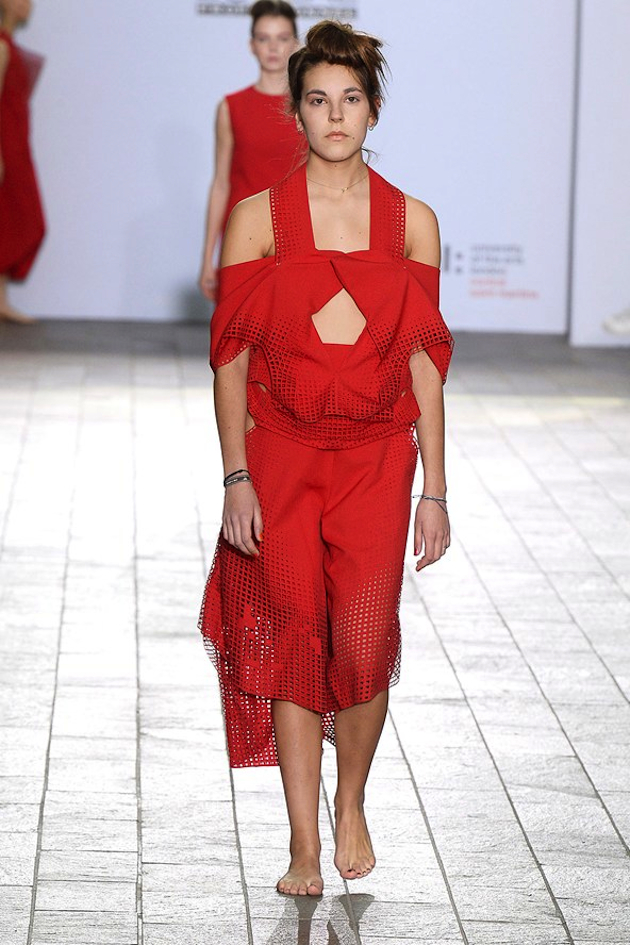
Womenswear designer Susan Yan Nan Fang made her collection stand out from the crowd by completing her futuristic looks with enormous mobile-like headbands. However, she was not alone in completing the ensemble with a headpiece to elevate the look. Designer Rebecca Jeffs adorned her models’ heads in shredded fabric, adding a bit of whimsy to a minimalistic creation, requiring a second look from the attentive audience. Knitwear expert Gabriele Skucas infused a sense of playfulness alongside an impeccable technical ability, in a collection which turned childhood toys such as teddy bears and hobby horses into wearable art. Designer Louis Pileggi’s bright check-board patterns and stripes in addition to flowy ribbon-like effect on hemlines and cuffs, brought to mind the fashionable nature of Harlequin jester, for an further addition of quirkiness that illustrated the fun-loving nature of fashion and a desire for self-expression.
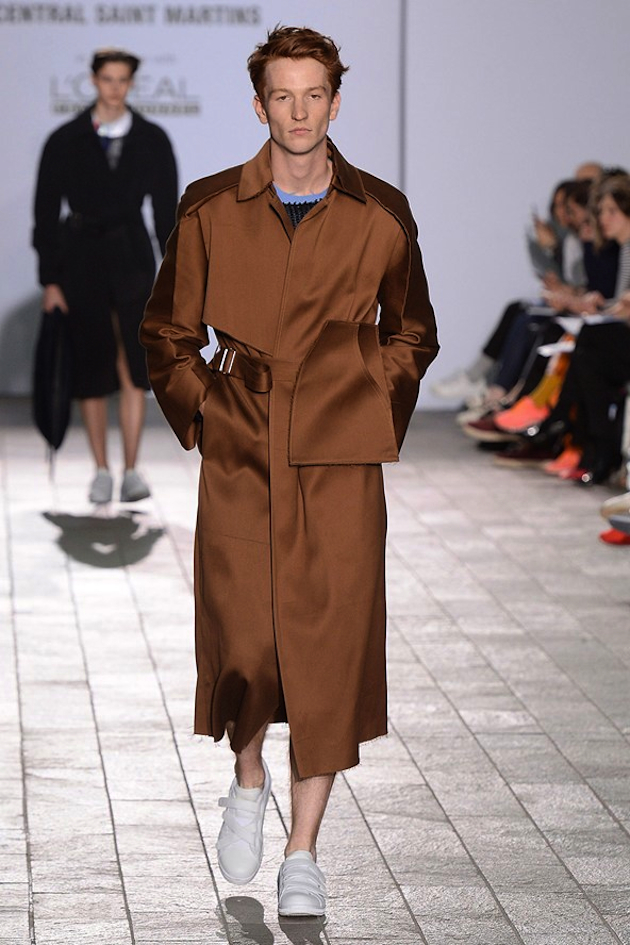
Womenswear designer Laura Newton took a more naturalistic route and incorporated wood into her looks. Sticks of wood had been constructed and worn as breast-plates or to emphasize various parts of a minimalistic aspect, showcasing the old saying “less is more”. The desirable title “Designer of the Year” was however given to womenswear designer Jim Chen Hstang Hu, who presented a fiery collection all in red, giving the phrase “Lady in Red” a new tone. The collection comprised of clean cut garments showcasing complex craftsmanship with surprises such as structural 3D details and laser-cut textures.
Victoria EdmanMenswear can get tedious, so take a chance and try something new. The all-white look has moved from the runway to the street: its your chance to have some fun.
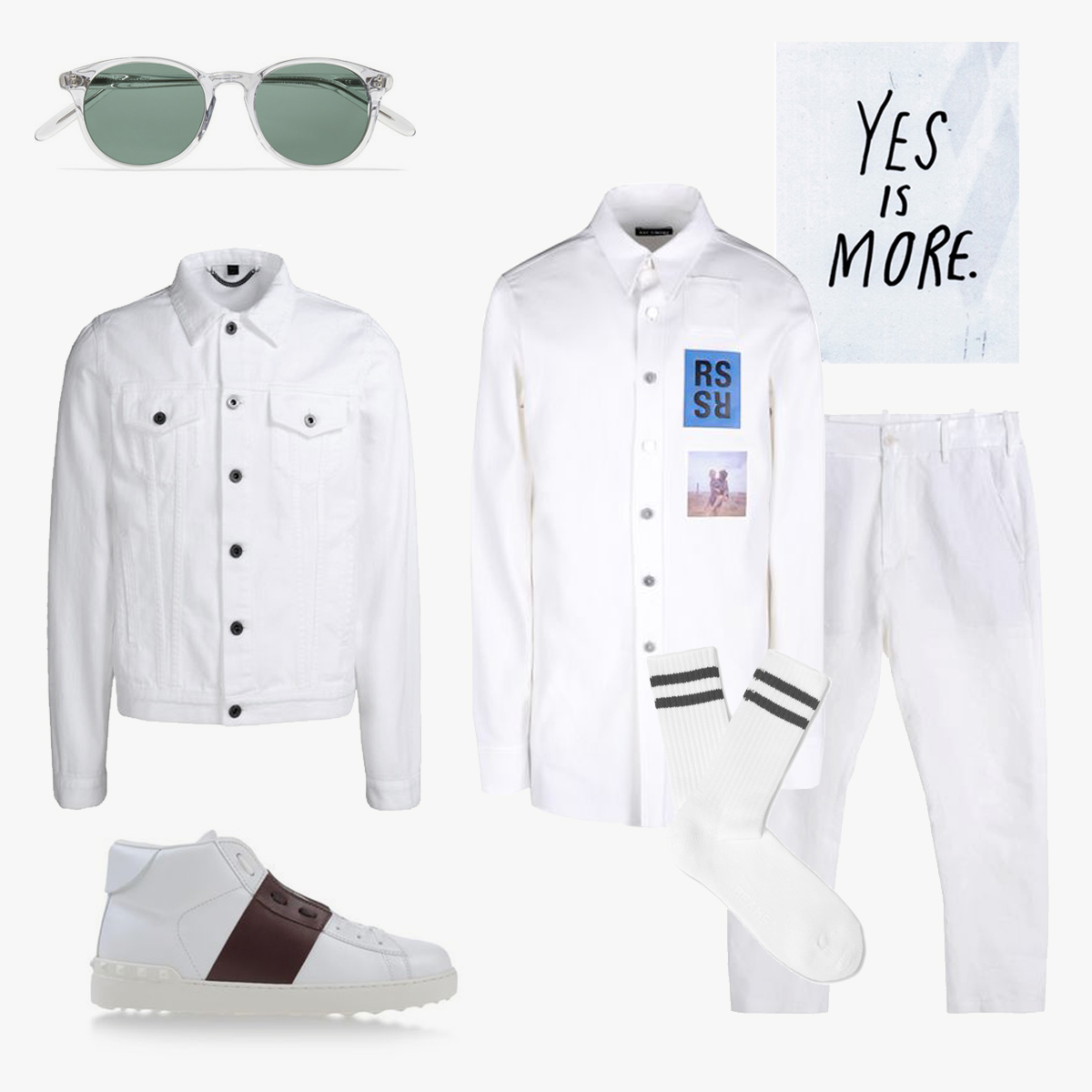
Styling by Vanessa Cocchiaro
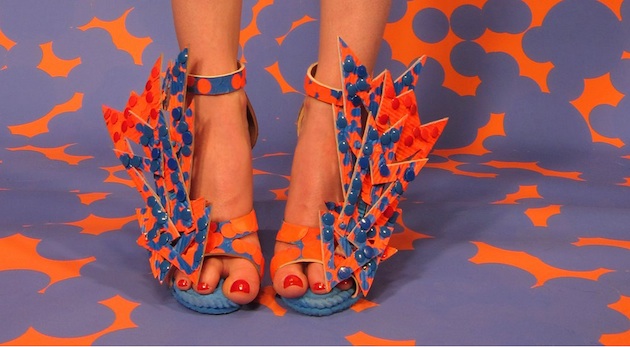
Spring means graduation, and this week the MA graduates of the Royal College of Art showcased their collections and vision to the world. It was an unconventional runway, market both by the presentation and stylistic choices. Instead of the usual linear runway the models walked dynamically, choreographed to display the different collections, with an attitude that brought about a laid-back atmosphere while elevating the designs within their context.
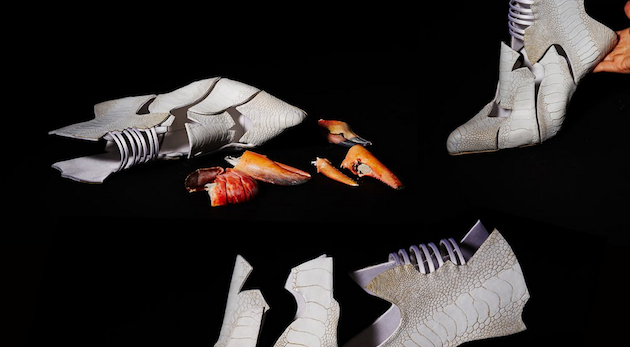
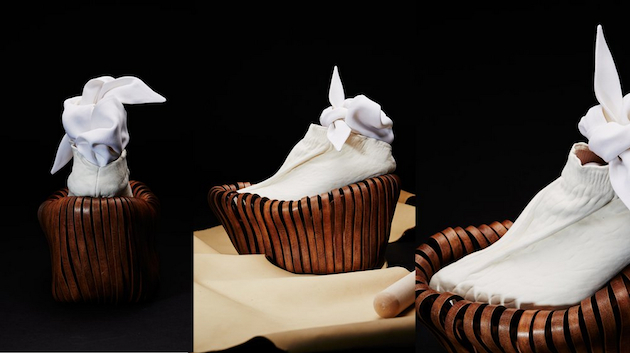
Deconstruction, minimalistic, geometry and knitwear. These are some of the keywords that came to mind when viewing the fashion show of the Royal College of Art. There was also a glimpse of futurism within the show, constructed in a way that it simply felt as a continuation the 1990s minimalistic trend with just addition of unexpected elements, such as volume. The color palette was in general muted and very somber with shades of white, grey, black and beige. However, there were a few pops of color used to make interesting silhouettes stand out, in indigo and bright red, or a skintight blue jumpsuit with accompanying skin tight restricted red long dress, definitely served as food for thought. That ‘plastic is fantastic’ also seemed to be embraced by RCA graduates, with coats and other stand-alone pieces making a mark. Constructed menswear pieces in plastic were presented as an interesting update of urbanity and a new take on the PVC trend from the early 2000s. Jackets and coats had been painted with an abstract pattern on top of the plastic surface making the heads turn twice.
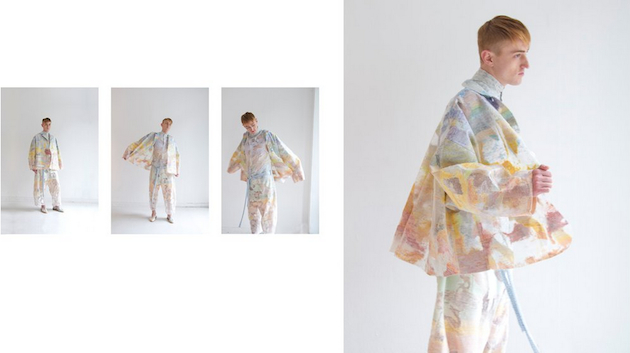
The RCA fashion show displayed an interesting take on the future of fashion favoring deconstruction, geometry and knitwear but also putting forward ideas on how to evolve trends such a minimalistic tendencies, sport influences as well as incorporating technology such as 3D printing and digital projection. The graduates are a bridge into tomorrow’s trend cycle and Wednesday’s fashion show of Royal College of Art marked an exciting new beginning for this raw fashion talent.
Victoria EdmanIn design practice, stories are told through objects. Design is a practice that allows us to tell stories by making things, constructing a discourse around a project which is both the most material and volatile way of narrating ideas. In many cases, the story told by objects goes hand in hand with the life story of the person who created the objects themselves. For a designer, it is quite impossible to separate work from life – they are intertwined and influence each other, and designers end up considering every action or aspect of their lives as part of a project, making the ‘I am what I do’ quote incredibly true.
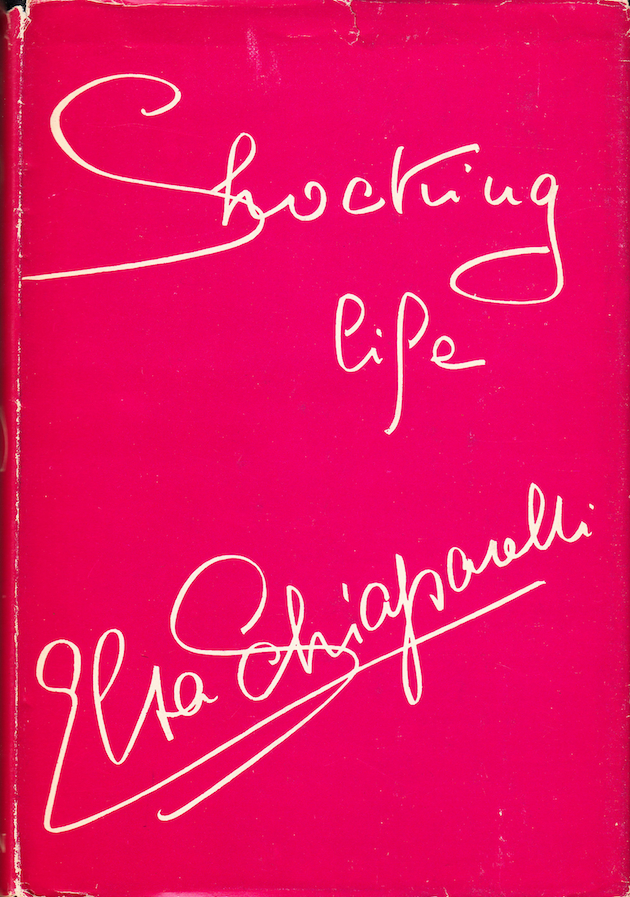
Since the rise of couture at the end of XIX Century, the culture of fashion has exalted the personality of the designer presenting him or her as a createur: a sort of oracle catching social and cultural zeitgeist, able to translate it in shapes, lines, fabrics, often celebrated as a member of the jet set. The identity of the designer was since then strengthened, and now it is barely possible to separate the public persona (which is also the professional one) and the actual person. The construction of the ‘myth’ of designer was enriched by the publication of autobiographies written – or approved – by designers themselves. Design has to do with choices, and autobiographies stand as examples of the selectiveness of designers. For instance, Christian Dior, in his ‘Christian Dior et Moi’, talks about two people with the same name, the person and the couturier, declaring in the preface that only the second will be protagonist of the story; but, concentrating on the life in the atelier and avoiding his private life, he inevitably gave us elements to understand his personality and his commitment to his work.
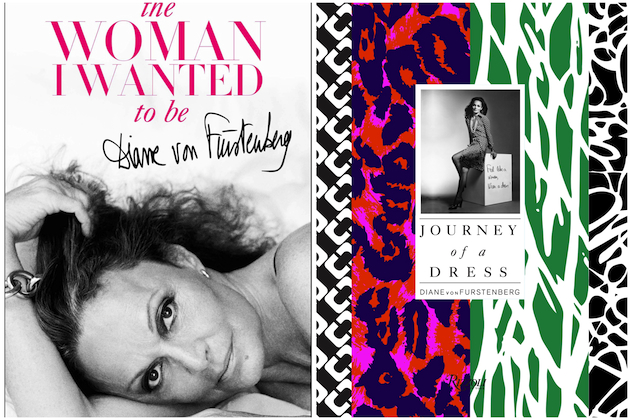
The most interesting issue with autobiographies is the way in which designers deal with their identity. If Christian Dior doubles himself separating his two identities, Elsa Schiaparelli mixes her two personalities changing the tone and the protagonist – sometimes Elsa, sometimes Schiap, in her ‘Shocking Life’. Diane Von Furstenberg, in her ‘The woman I wanted to be’, switches easily from personal to professional life, without apparent continuity, but highlighting in this way the fluency between the two; Paul Poiret, in his ‘En habillant l’époque’ (dressing the century), presents himself as an artist, and guides the audience through his vision of the world, as seen from his privileged point of view. Rhetoric is of course one of the tools widely used in these narrations – but even looking inside the techniques and linguistic expedients is interesting, if we are to understand the designer and, consequently, the person.
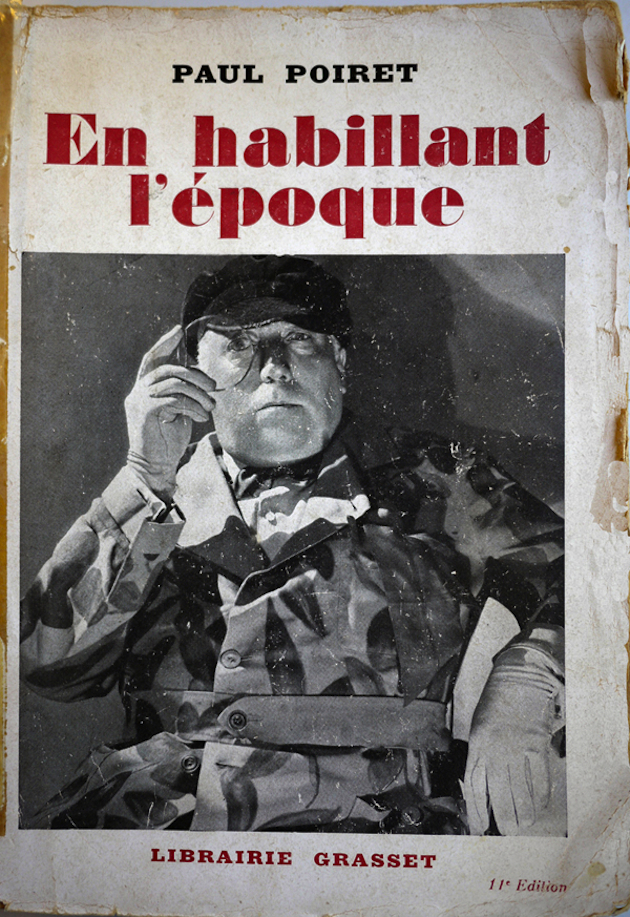
As everything else in the life of a designer, autobiographies are themselves a project; thus they are designed in order to give shape to the idea of life designers wanted to achieve – and, in most cases, actually achieved. Words are chosen carefully, and just what has to be shown is written, but they give the chance to insiders and amateurs to read between the lines, and get information not only about a personality, but about a whole historical period, told by someone who was shaping it from the inside. If seams and cuts are not a common language and cannot ‘speak’ clearly about the wit behind them, autobiographies are a strong statement of the intentions and desires of designers, and can be used to analyse a person, a fashion and a whole epoch; but, above all, they tell useful and beautiful stories that would otherwise be submerged and hidden in the pleats of history.
Marta Franceschini